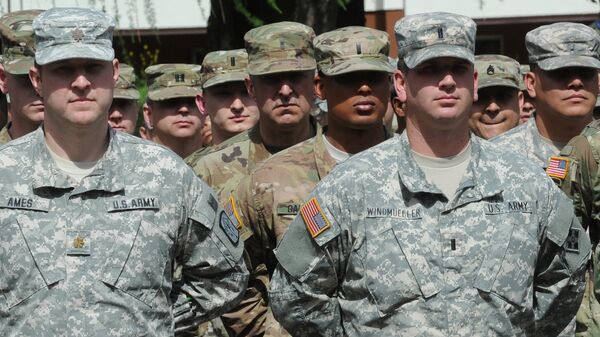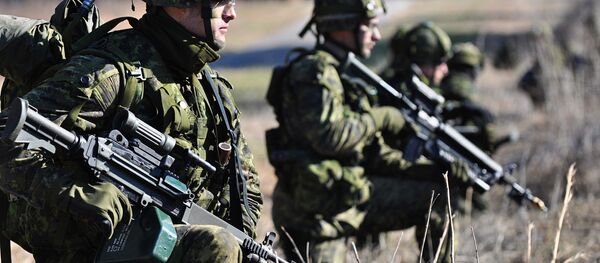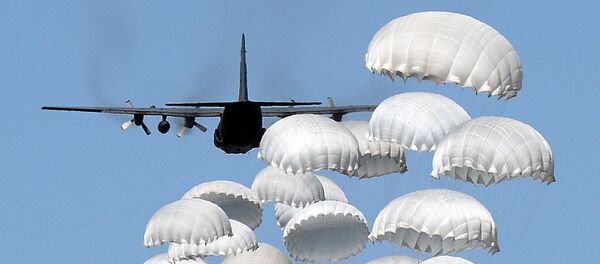The declared aim is to “protect its Eastern European allies from the so-called “Russian aggression.”
The three battalions, each to consist of between 800 and 1,000 troops, will reportedly be provided by Britain, the US and Germany.
The block is now looking for a fourth country willing to send its servicemen to Russia’s borders.
“The planned deployment of four NATO battalions on Russia’s borders is the foundation for continuous pressure on its frontiers,” Alexandr Perendzhiev, an expert from the Association of Military Political Analysts told Russia’s news website Vzglyad.
“These four battalions may easily grow into a larger contingent and therefore must be regarded as a threat to Russia,” he added.
The expert also explained that these units do not belong to any of the bordering countries but to the alliance and thus "it is strange to talk about any “protection". The bordering countries are well able to defend themselves and NATO could simply send its troops for assistance.
The expert also noted that Stoltenberg’s announcement of the move right after the meeting of the block’s ministers in Brussels signals that the issue has been discussed there.
And the announced start day for the deployment (January 2017) means that the sources of financing of the move have already been found.
“Ahead of the upcoming NATO Summit in Warsaw it only shows how fast such issues are being solved,” Perendzhiev said.
The expert also commented on NATO’s Anaconda 2016 military exercises, which recently wrapped up in Poland and which have become the biggest exercises on NATO's eastern flank since the end of the Cold War.
Perendzhiev explained that it was carried out for the purposes of further development of NATO infrastructure along Russia’s borders.
And noted that the project of the deployment of NATO troops on Russia’s frontier has already been agreed upon before the kick-off the drills.




